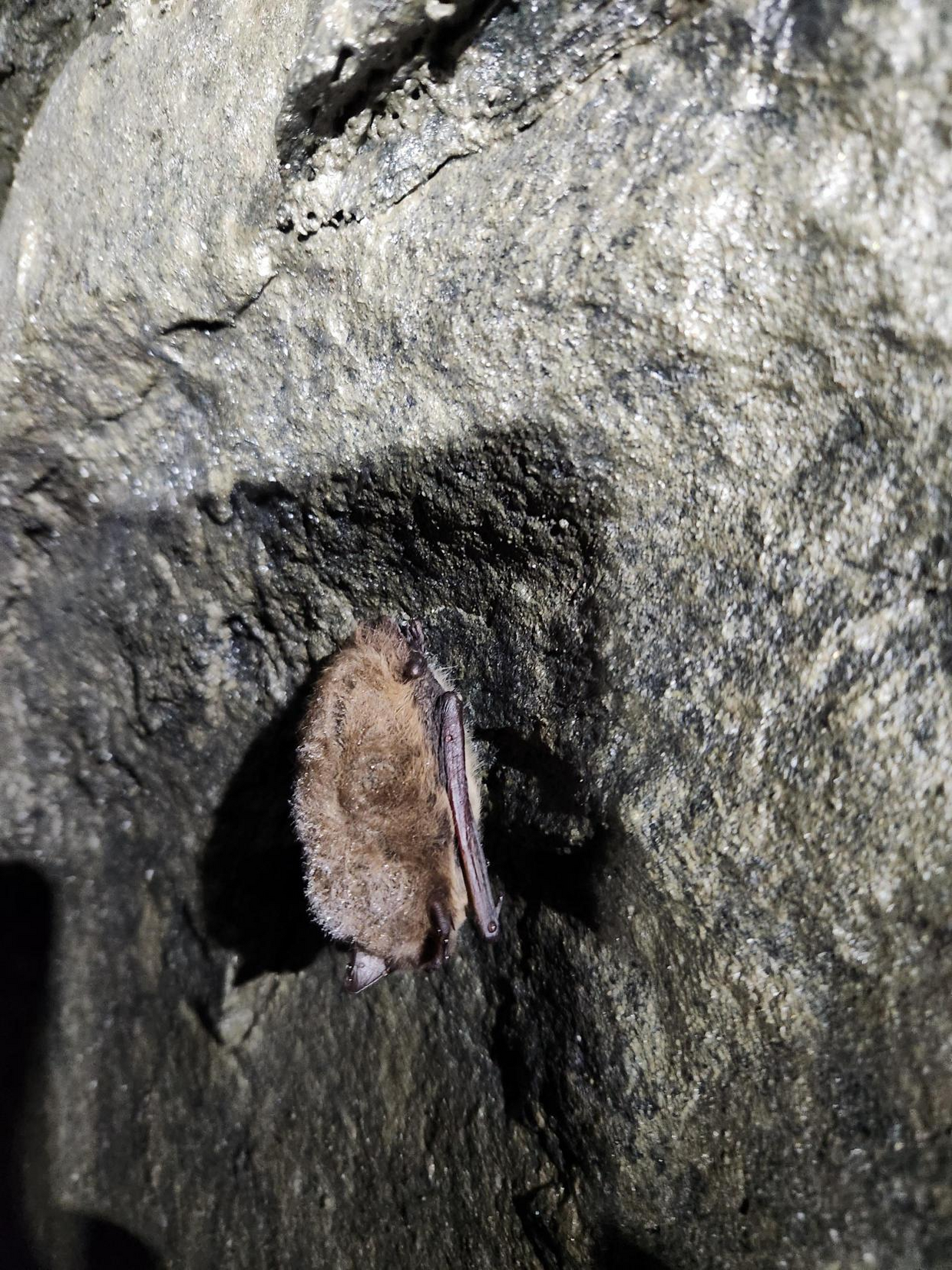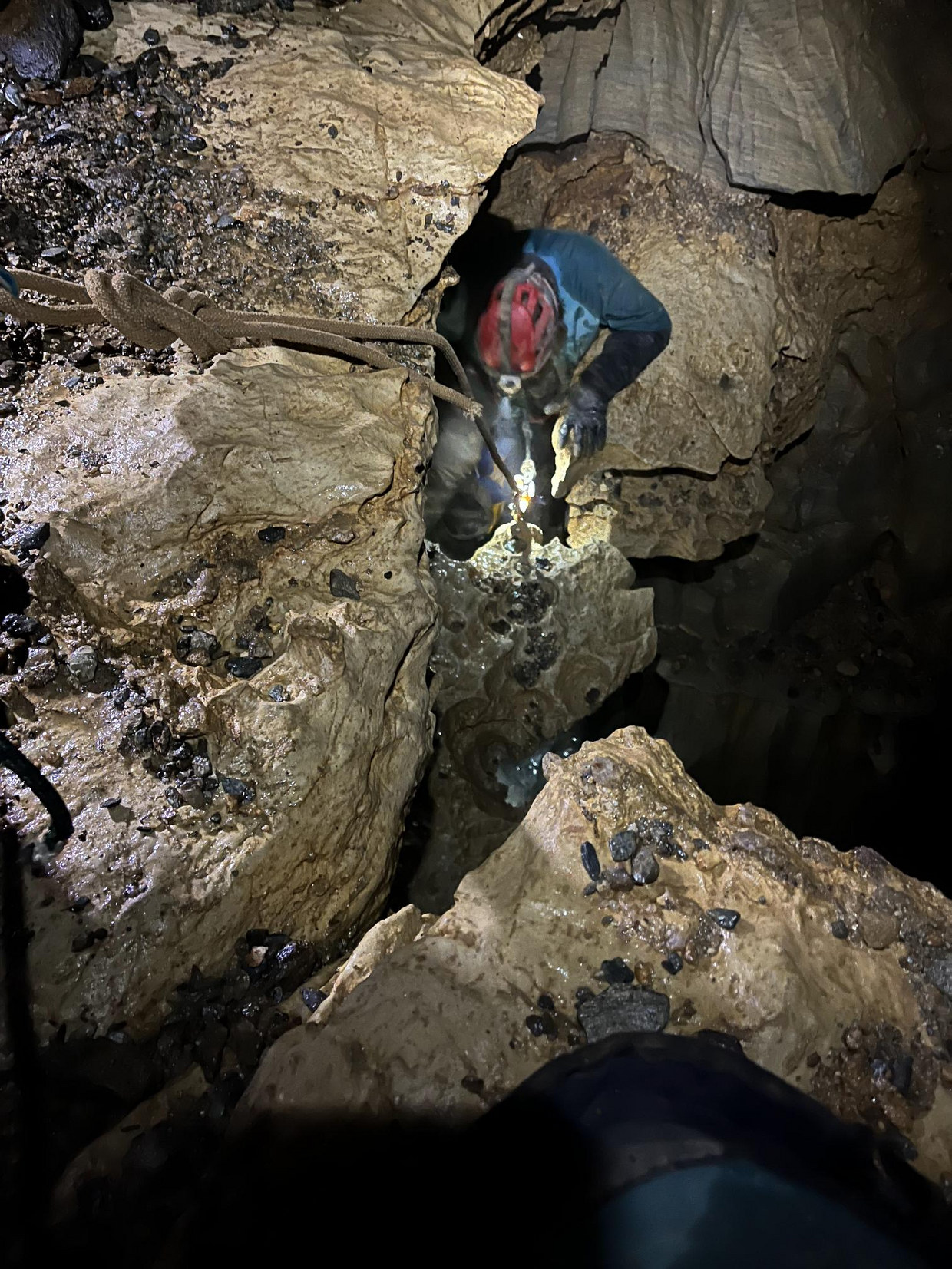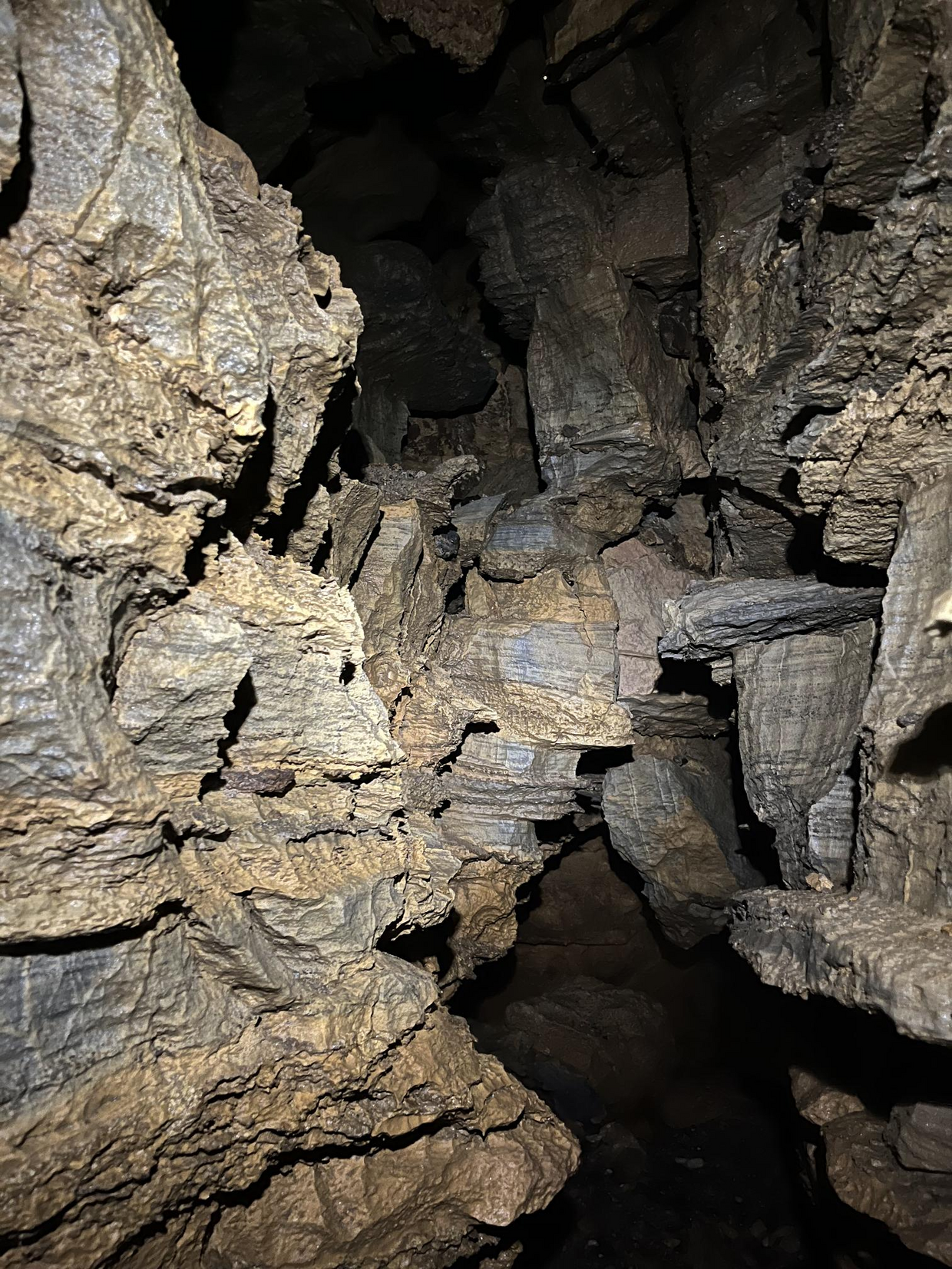Spring trout stocking has begun!
MassWildlife will stock nearly 500,000 brook, brown, rainbow, and tiger trout across Massachusetts this year—nearly 455,000 will be stocked during the early spring. Visit Mass.gov/trout to get daily stocking updates and find a fishing spot near you. Stocking in southeastern waters started March 4 and other regions of the state will begin as soon as weather conditions allow. MassWildlife raises trout that are both fun to catch and delicious to eat at its five hatcheries in Sandwich, Palmer, Belchertown, Sunderland, and Montague.
2024 spring trout stocking stats:
- 75% of trout will be over 12 inches
- 40% of trout will be over 14 inches
- 800 18”+ retired brood brown trout and 600 retired brood brook trout will be stocked
- About 2,900 tiger trout will be over 14 inches
Remember to buy your freshwater fishing license before you hit the water. Buy online at MassFishHunt or by visiting a license vendor location.
Black bears are active and searching for food: take precautions
MassWildlife officials are reminding the public that March is when hungry bears emerge from their winter dens and seek out food. If you live in northern Middlesex County, Worcester County, western Massachusetts, or other areas where bears have been spotted, take these steps to prevent conflicts with black bears:
- Take down your bird feeders. Natural foods, such as acorns and other nuts, are usually available on the ground, but last year’s fall hard mast crop was meager. Bears will often ignore seasonally available natural foods, like skunk cabbage, in favor of an easy meal at a backyard bird feeder. Other species, including wild turkeys and coyotes, may also frequent bird feeders which can lead to more human-wildlife conflict. If you enjoy watching birds in your yard, MassWildlife suggests adding a water feature or growing native plants, shrubs, and trees to attract birds.
- Secure other human-associated food sources on your property. Store garbage in closed containers in a garage or outbuilding and put it by the roadside the morning of pick up. Individuals should also secure bee hives, chickens, and livestock. Coops and chicken wire provide inadequate protection from black bears. Properly installed and maintained electric fencing is the only way to protect chickens or bee hives from bears.
- Protect your pets. The presence of a dog could trigger a bear to be aggressive. Check your yard for bears before letting your dog outside. Keep dogs leashed when they’re outdoors and never let dogs chase or interact with bears.
Black bears in MA
There are at least 4,500 black bears in Massachusetts and their range is expanding eastward. Take action by educating yourself and your neighbors about proactive measures to avoid conflicts with bears. For more information about black bears in Massachusetts, visit mass.gov/bears.
Watch for amphibians on the road
For many Massachusetts residents, spring rain is a reminder of the changing seasons. For smaller Massachusetts natives, like amphibians, spring rains signal it’s time to emerge from winter retreats and migrate to breeding sites or disperse to new areas. Unfortunately, many of those animals will face the daunting task of having to cross roads to reach their destinations. Spotted salamanders, wood frogs, blue-spotted salamanders, Jefferson salamanders, American toads, spring peepers, four-toed salamanders, northern leopard frogs, and eastern red-backed salamanders are frequently encountered on roads during early spring rains. With little to no snow cover and the ground thawed in many areas, we expect migrations in milder, lower-elevation parts of Massachusetts to commence with the next warm, rainy night.
These animals can be difficult to see, as they are generally small-bodied and move under the cover of dark. This spring, please be mindful of our amphibians and our natural heritage.
How you can help:
- Please drive cautiously and carefully.
- Whenever possible, please consider not driving on rainy nights when air temperatures are 40°F or higher to protect amphibians who are on the move.
- Travel on larger highways rather than small, wooded roads if possible. Plan routes that minimize the number of wetlands or vernal pools passed.
- If observing amphibian migrations, consider arriving at your destination prior to sunset, and then conduct your monitoring on foot.
- If assisting amphibians across roadways or handling them for other reasons, be sure your hands are free of lotions, bug repellent, or other chemicals.
- Report high levels of amphibian activity or mortality to the Linking Landscapes for Massachusetts Wildlife initiative, which compiles data to reduce wildlife-vehicle collisions on problem roadways.
- If you encounter any of our state-listed rare amphibian species (eastern spadefoot, blue-spotted salamander, Jefferson salamander, and marbled salamander), please take a clear photograph of the animal, carefully record the location, and submit an observation report to MassWildlife's Natural Heritage and Endangered Species Program.
- Go the extra mile to help preserve amphibian habitat by certifying vernal pools on your property. The data you collect is used to help MassWildlife and local conservation organizations better understand habitat resources for our native amphibians.
MassWildlife March Madness Photo Contest
We want to see your best wildlife photos! To celebrate our own kind of March Madness, we are having a showdown of photos that best highlight the diverse wildlife found in Massachusetts.
Wildlife photographers: Enter your photo of Massachusetts wildlife by March 12 to compete. Get rules and upload today!
Wildlife lovers: The public will vote on winning photos throughout March. To cast your vote and follow the photo contest bracket, like and follow @MassWildlife on Facebook and follow @Mass.wildlife on Instagram.
2024 Youth Turkey Hunt Program
The Youth Turkey Hunt Program introduces youth (ages 12-17) to the world of hunting. This safe and fun program is offered by MassWildlife, the Massachusetts State Chapter of the National Wild Turkey Federation, and participating Sportsmen's Clubs. After completing program requirements, youth hunters can hunt on a special day with a licensed adult hunter. This year, the mentored hunt will be on April 27, 2024.
All first-time participants must complete a seminar before the day of the hunt. You can choose to complete the seminar in-person or at your own pace through online learning. Learn about all the Youth Turkey Hunt Program requirements and get started.
Report winter fish kills
Ice cover on ponds can decrease oxygen levels and cause a natural fish kill. While many areas of Massachusetts experienced relatively mild winter conditions this year, fish kills are still possible.
During winter, thick ice and heavy snow cover can result in low dissolved oxygen levels in ponds. With increasing ice and snow packs, there is less light penetration through the water column. This alters chemical and biological processes, often resulting in a winter fish kill.
The vast majority of fish kills turn out to be caused by a natural event. However, it’s important for biologists to rule out other causes including pollution. Natural fish kills are generally the result of low dissolved oxygen levels (anoxia), spawning stress or fish diseases. Dissolved oxygen depletion is one of the most common causes of natural fish kills. Weedy ponds that are less than 15 feet deep are particularly vulnerable. This can be the case at any time of the year but generally occurs during severe winters or late spring/early summer.
Ice anglers may encounter signs of a low oxygen environment when they drill through the ice and notice the smell of rotten egg or observe sluggish or dying shiners. The odor is hydrogen sulfide gas which is a natural byproduct of low dissolved oxygen environments, and is not likely the result of pollution. Oxygen levels will be return to normal shortly after the ice melts in the spring.
If you observe dead fish, contact the Environmental Police's 24-hour radio room at 1 (800) 632-8075. A MassWildlife biologist will review each situation to determine whether the kill is natural or requires a site investigation.
Support endangered species at tax time
More than 430 plants and animals are listed under the Massachusetts Endangered Species Act. These rare species play an important role in keeping the Commonwealth's natural communities thriving. You can make a difference by supporting endangered species conservation while filing your taxes this year. Simply look for Line 33A for Endangered Wildlife Conservation on your state tax form and write in any amount. Your meaningful donation will go to the Natural Heritage and Endangered Species Fund which is dedicated specifically to the conservation of rare species in the Commonwealth.
Already filed your taxes, but still want to donate? There are a few other ways you can donate:
- Online with a credit card or electronic check*
- Through your MassFishHunt account
- By check made payable to "Comm. of MA—NHESP" and mailed to: MassWildlife, 1 Rabbit Hill Road, Westborough, MA 01581
*You will be redirected to our payment portal with nCourt, LLC.
Subterranean science: Tracking bats in Massachusetts
As part of an ongoing study, MassWildlife biologists surveyed locations used by hibernating bats this winter and brought back data and photos from their subterranean visit.
This winter, MassWildlife biologists and staff surveyed abandoned mines and natural caves in western Massachusetts looking for hibernating bats. To do this, biologists carefully entered the mines and caves in late winter to identify and count individual bats, check for signs of disease, and check the security of the mine or cave. This year, MassWildlife partnered with the Department of Conservation and Recreation (DCR) to explore a new property and found two previously unknown bat hibernation sites!
By surveying bat populations for the past 45 years, MassWildlife has been able to estimate the size of bat populations in Massachusetts. These winter surveys showed that bat populations had been slowly increasing until the emergence of white-nose syndrome in Massachusetts in the winter of 2008/2009. This deadly fungal disease can make bats wake up from hibernation during the winter, causing them to burn through their essential fat reserves. White-nose syndrome is spread mostly through bat-to-bat contact and is especially detrimental for species who hibernate close together in caves or mines. Because of white-nose syndrome, five of the nine bat species that occur in Massachusetts are listed on the state endangered species list.
By surveying bat populations, our biologists have found that white-nose syndrome seems to have peaked in Massachusetts in terms of mortality. Populations appear to have stabilized for those species found in caves, but their numbers remain very small. Although the peak has passed, bats with white-nosed syndrome are still found each year in Massachusetts and it remains one of the top threats these animals face. Data collected from these surveys help our biologists determine how to best protect endangered bats in Massachusetts and help them recover.
Why bats are important to MA
Bats play a critical role in our ecosystem and add to the biodiversity found in Massachusetts. Although you may not see bats often, they are working hard at night at their primary role – eating insects. They provide organic, effective, and free pest control as the primary predators of night-flying insects, including the disease-carrying insects we may find in our backyards. Bats also help farmers by eating insects who cause crop damage, allowing farmers to use fewer pesticides.
How you can help bats
- Build a bat house: One of the best ways you can support bat conservation is to put up an artificial roost, like a bat house. Bat houses give females a safe, warm place to raise their young. Since most female bats only have one pup each year, bat populations grow very slowly. Additionally, due to habitat loss and degradation, it is becoming harder for bats to locate natural roost sites to raise their young. Installing a bat house on your property can provide a safe environment for bats, while protecting your yard from pest insects, like mosquitoes, moths, and beetles. Bat houses can be purchased, or you can build your own. You can find a guide to bat houses on MassWildlife’s website, including plans for building a bat house, installation tips, and advice for attracting bats to your bat house.
- Report bat colonies: If you observe a group of bats (10 or more) this summer, report it to MassWildlife using this form.
- Create habitat for bats: Bats seek shelter under peeling bark on dead trees. If you have dead or dying trees on your property, leave them standing as potential roost sites for bats. You can also create a bat-friendly landscape in your backyard by adding night-scented flowers and water features such as a pond.
- Reduce pesticide use: Pesticides make it difficult for bats to find healthy food to eat. Insecticides can cause bats to go hungry from the lack of insects available.
Contact
Online
| Date published: | March 7, 2024 |
|---|


